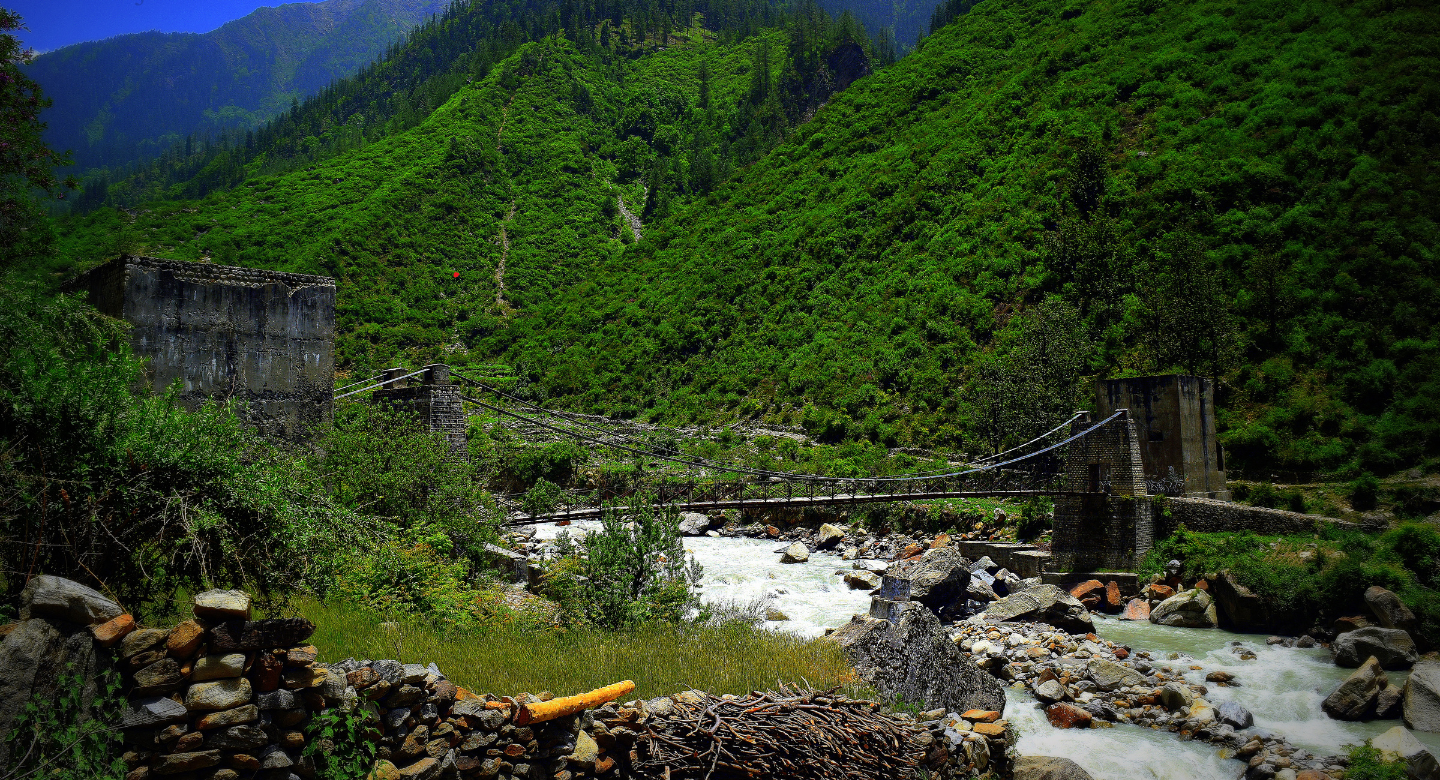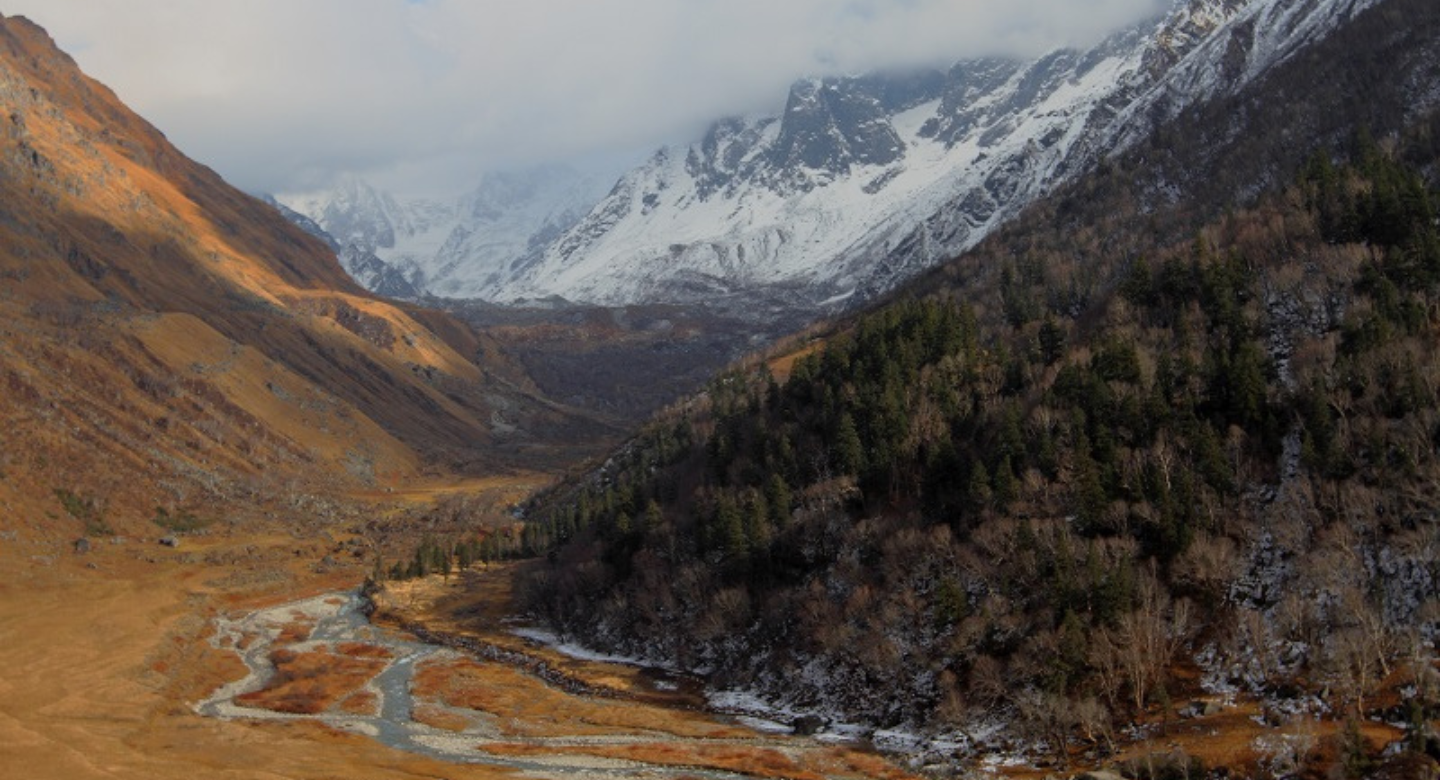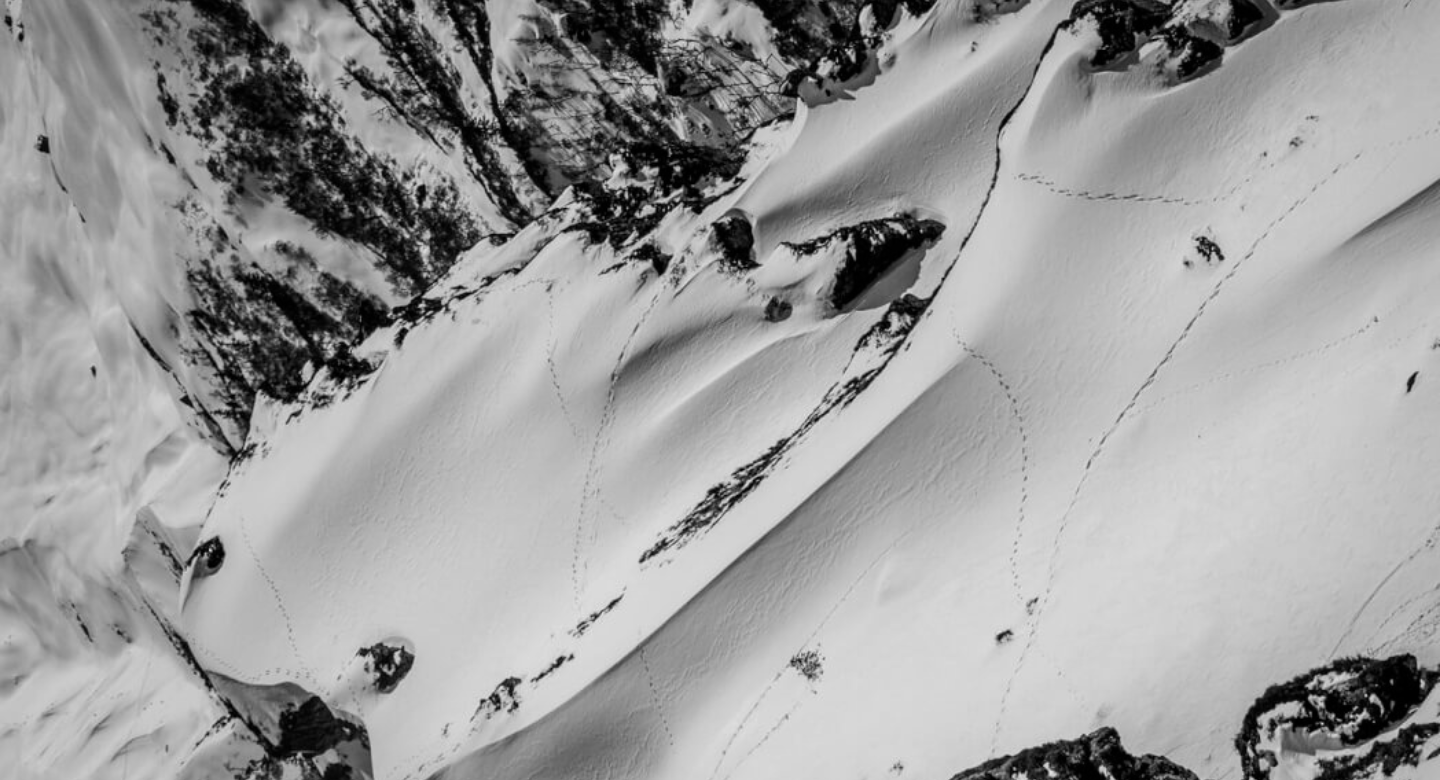
Har Ki Dun Trek
7 Days
45 Km
11,675 Ft
18
Moderate
Imagine walking in a valley called "The Abode of the Gods," with the Supin River flowing by and playing melodies. Imagine the magnificent Himalayas around a stunning tapestry of autumn foliage and springtime carpets of wildflowers. This oasis is unveiled by the moderately difficult Har Ki Dun Trek, which offers incredible views of Black Peak, Hata, and Swargarohini. Take in the fresh mountain air, relax, and watch as nature's masterpiece is revealed at every turn.
Are you prepared to go off on a spiritually elevating journey?
Why this Trek?
- Breathtaking Scenic Beauty: The trek offers a diverse range of stunning landscapes, from lush green meadows and vibrant wildflowers in spring to golden autumn hues and snow-covered vistas in winter. The panoramic views of the surrounding peaks and valleys are truly breathtaking.
- Rich Cultural Experience: Har Ki Dun is nestled in the Govind Pashu Vihar Sanctuary, where you can immerse yourself in the local culture of the remote villages. Experience the Garhwali people's traditional lifestyle, customs, and unique way of living in harmony with nature.
- Wildlife and Flora: The trek passes through the Govind Pashu Vihar Sanctuary, a haven for wildlife enthusiasts. You might spot a variety of Himalayan fauna, including the rare Himalayan bear and the elusive snow leopard, as well as diverse flora such as medicinal plants and vibrant alpine flowers.
- Historical Significance: The trek is often linked to ancient legends and folklore. The valley is believed to be the home of the Pandavas from the Mahabharata, adding a layer of historical and mythological intrigue to your journey.
- Solitude and Tranquility: Har Ki Dun offers a peaceful and serene environment unlike some more popular treks, especially in the autumn and early winter. The less crowded trails provide an ideal setting for introspection, relaxation, and a deep connection with nature.
Included/Excluded
Select Dates
Adult
₹8,499 per person
Guest in maximum
BOOK NOWItinerary for
Har Ki Dun Trek
Day 1

Day 2

Day 3

Day 4

Day 5

Day 6:

Day 7

Day 8

Complete Har Ki Dun Trek Information
The Har Ki Dun trek offers remarkable experiences throughout the year, with distinct seasons shaping its allure. From March to June, you can explore the trek as the valley transitions from patches of snow in March to lush greenery and blooming flowers by May. This period, before the monsoon rains, is ideal for those seeking vibrant landscapes and moderate temperatures. Following the monsoon closure, the trek reopens in September, showcasing a valley rejuvenated by rains, turning lush and green. Autumn, from October to November, provides a serene escape with cooler temperatures, potential early snowfall, and golden hues of changing foliage. However, post-November, heavy snow accumulation makes the trek challenging, and the trail remains closed until mid-March due to winter conditions and wildlife migration.
By Train
Dehradun Railway Station (DDN) is well-connected to major cities across India.
Popular Trains:
-
From Delhi: The Shatabdi Express and Nanda Devi Express offer frequent services.
-
From Mumbai: The Dehradun Express connects Mumbai to Dehradun.
-
From Kolkata: The Doon Express operates from Kolkata to Dehradun.
From the railway station, you can hire a taxi, take an auto-rickshaw, or use local buses to reach your destination within Dehradun.
By Road
Dehradun is well-connected by road, with several state-run and private buses operating from major cities.
From Delhi: Buses from ISBT Kashmere Gate include Volvo, deluxe, and semi-deluxe options. The journey takes around 6-7 hours.
From Chandigarh: Regular bus services take about 5-6 hours.
From Haridwar/Rishikesh: Frequent buses make the 1.5-2 hour journey.
Buses typically arrive at Dehradun’s ISBT. From there, you can hire a taxi, auto-rickshaw, or take local buses to reach your desired location within the city.
By Flight
Jolly Grant Airport (DED) is located about 30 kilometers from Dehradun city center.
Connecting Flights: There are regular flights from major cities like Delhi, Mumbai, and Bangalore.
From Delhi: Several daily flights by airlines such as IndiGo, SpiceJet, and Air India.
From Mumbai: Direct flights available.
From Bangalore: Direct and connecting flights available.
From the airport, you can hire a taxi or use airport shuttle services to reach Dehradun. The drive takes approximately 45 minutes to an hour.
Pack smart, trek safe!
Ensure you're prepared for every adventure with this essential checklist of gear and supplies. Whether you're a beginner or a seasoned trekker, the right equipment makes all the difference. Download checklist's pdf here
Basic Gear
| Backpack with Rain Cover | (40 - 50 ltr) Comfortable Shoulder Straps |
| Day pack with Rain Cover | 20 - 30 ltr (If off-load opted) |
| Walking stick | Advisable (At least one) |
| Water Bottle / Hydration pack | 2 Bottles(1 liter each), Hydration Pack 1 (Pack) + Bottle |
| Small size tiffin/lunch box | 1 Nos |
| Snacks | Energy bars, dry fruits, electral/ors |
| Personal Medical Kit | Consult your doctor |
Clothing
| T-Shirt (Synthetic quick dry) | 1 Full & 1 Half sleeves |
| Fleece T-shirt | 1 Nos |
| Wind stopper / Fleece jacket | 1 Nos |
| Windproof Jacket | 1 Nos |
| Down feather / Hollow jacket | 1 Nos |
| Thermal inner (Upper and Lower) | 1 Nos |
| Trek Pant (Synthetic quick dry) | 1 Nos |
| Wind stopper / Fleece Pant | Not required |
| Waterproof gloves | Not required |
| Fleece / woollen gloves | 1 Pair |
| Poncho / waterproof Jacket and pant | 1 Nos |
Head Gears
| Head torch | 1 Nos. (Avoid Hand torch) |
| Sun cap | 1 Nos. (One that covers the neck as well) |
| Woolen cap | 1 Nos. |
| Balaclava | Not required |
| Buff / Neck-gaiters | 1 Nos |
| Sunglasses | UV with dark side cover, People who wear spectacles - (A)- Use contact lenses | (B)- Photo chromatic glasses |
Foot Gears
| Trekking shoes | 1 Pair (Waterproof, high ankle with good grip) |
| Floaters / flip-flops | 1 Pair |
| Cotton socks | 6 pairs |
| Woollen socks | 1 pairs |
| Gaiters | 1 Pair (TTH provides when required) |
| Micro spikes | 1 Pair (TTH provides when required) |
Personal Utilities
| Sunscreen cream | 1 Nos |
| Moisturiser | 1 Nos |
| Chap-stick / Lip balm | 1 Nos |
| Toothbrush and toothpaste | 1 Nos |
| Toilet paper & Wipes | 1 Nos |
| Soap / hand sanitizers | 1 Nos |
| Antibacterial powder | 1 Nos |
| Quick dry towel | 1 Nos |
Mobile Connectivity: Mobile networks are unreliable throughout the trek. Limited connectivity may be available at lower elevations, such as Sankri.
ATM Availability:
- The last reliable ATM is in Mori (SBI ATM), often out of cash.
- You can also withdraw money from an SBI-authorized cash withdrawal center in Mori (near the SBI bank).
- Other ATM Options: Withdraw cash at Purola (SBI, ICICI, and Axis Bank ATMs) for better reliability.
Electricity: Kotgaon is the last point with electricity, but it is highly intermittent and unreliable during winter and the monsoon season.
At Scoutripper, we understand that plans can change. You can reschedule your booking up to 24 hours before your experience begins. Changes are subject to availability and any applicable price adjustments. Rest easy knowing your adventure is flexible!
At Scoutripper, we value flexibility but also adhere to clear cancellation guidelines:
- Full Refund: Cancel at least 15 full days before the experience starts.
- 50% Refund: Cancel between 2 and 6 full days before the start time.
- No Refund: Cancellations made less than 2 full days before the experience start time will not be refunded.
Additionally:
- Changes are not accepted less than 2 full days before the experience begins.
- Cut-off times are based on the local time of the experience.
- Some experiences require a minimum number of participants. If the minimum isn’t met, you’ll receive a full refund or the option to reschedule.
(Above policy is only applicable for 50% of the trek fee in advance)
Enjoy peace of mind with our clear and transparent policies!
FAQs about
Har Ki Dun Trek
The best time to visit Har Ki Dun is from March to June and September to November. Spring and summer offer blooming flowers and lush greenery, while autumn provides cooler temperatures and stunning fall colors. The trek is closed during the monsoon (July to August) and heavy winter (December to mid-March).
The Har Ki Dun trek is considered moderate. It requires a good level of physical fitness, but it is accessible to beginners with some trekking experience. The trail involves varied terrain, including gradual ascents and descents.
The Har Ki Dun trek typically takes 7 to 9 days, depending on the itinerary and pace. This includes acclimatization days and time for exploration.
During the trek, accommodation is usually in tents, but guesthouses or homestays are possible in the base camps and surrounding villages. Basic amenities are provided, but comfort levels may vary.
Yes, you will need permits to enter the Govind Pashu Vihar Sanctuary, which can be obtained through authorized trekking agencies or local authorities.
Pack appropriate clothing for varying weather conditions, including warm layers, rain gear, trekking shoes, and personal essentials. Don't forget to bring a hat and sunscreen.
While solo trekking is possible, it is recommended to join a guided group trek for safety and better navigation. Local guides are familiar with the terrain and can enhance your overall experience.
The trek typically starts from Sankr/Kotgaon a small village in Uttarkashi district. You can reach Sankri by road from Dehradun or other major cities in Uttarakhand. The journey involves a scenic drive through the mountains.
Be prepared for altitude-related issues such as Acute Mountain Sickness (AMS). Be Prepared for altitude-related issues such as AMS. Acclimatizing properly, staying hydrated, and listening to your body are important. It's also advisable to consult with a healthcare provider before the trek.
During the trek, you will have access to basic but nutritious meals, including dal, rice, vegetables, and local staples. Meals are usually prepared by the trekking staff or local cooks.









